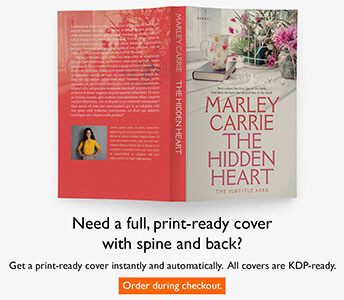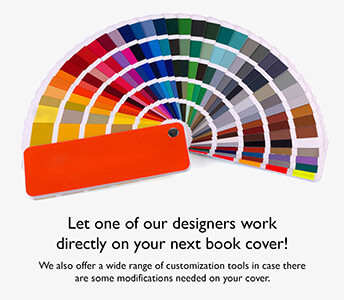Naturally when something turns out bad, we look for someone to blame. Well let’s get it straight, bad book cover designs are fully the designers and publishers responsibility, but actually part the fault lies in the author as well. When an author wants to have his/her book published, they naturally want the cover to tell the story in the book. But a book is full of things, and trying to put them all on the cover usually leads to an over-crowded, chaotic cover. Throughout our careers as book cover designers we take full credit in our good designs, but also acknowledge that we are responsible for some really bad covers as well.
The problem we face is usually trying to convince the authors that a book cover should convey ONE vital and catchy element in the story, and leave the rest out. A truly great book cover is one that has lots of empty space, an elegant use of typography and a good and easily noticeable hierarchical layout. These are elements only the book cover designer knows about and can implement in a satisfactory way. So part of the designers job is actually to convince the author to leave the designing process to him/her. In fact, half of the challenge any designer face and has to take care of, is to convince the client not to ask for things that simply wouldn’t look good on a design. An author that wants to put everything on the cover usually ends up with a mediocre cover that he or she won’t be fond of in the end either.
This is also one of the reasons, buying covers from a premade archive is usually less risky. These are done by true designers and it might not reflect everything in your story, but so it shouldn’t either. You buy a cover that has all the right elements in just the enough amount with a correct layout and hierarchical structure. In short a book cover that is a book cover in every professional sense.







